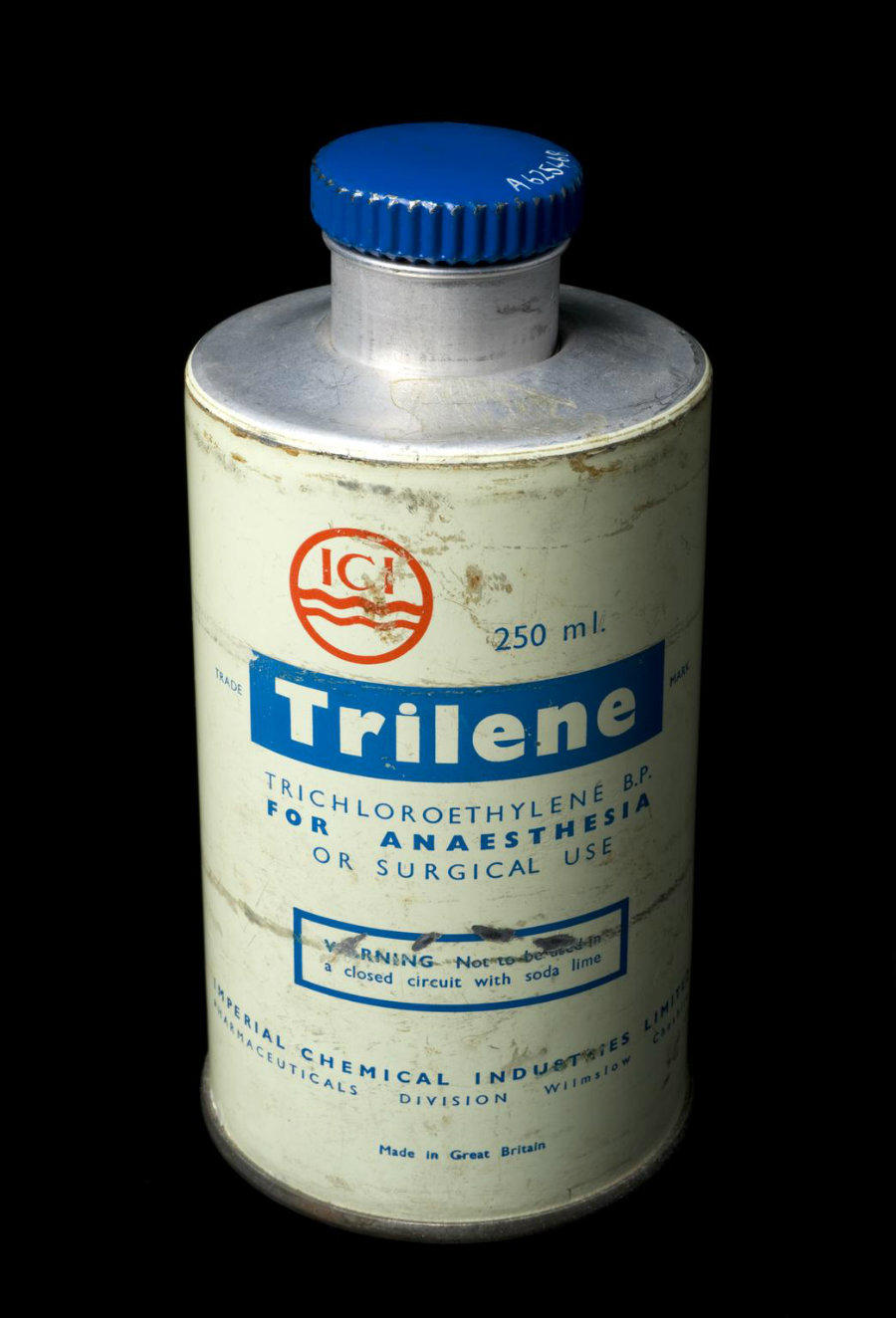What is trichloroethylene?
Trichloroethylene (TCE) is a volatile, colorless liquid organic chemical. TCE does not occur naturally and is created by chemical synthesis. It is used primarily to make refrigerants and other hydrofluorocarbons and as a degreasing solvent for metal equipment. TCE is also used in some household products, such as cleaning wipes, aerosol cleaning products, tool cleaners, paint removers, spray adhesives, and carpet cleaners and spot removers. Commercial dry cleaners also use trichloroethylene as a spot remover.
How are people exposed to trichloroethylene?
TCE may be found in the air, water, and soil at places where it is produced or used. It breaks down slowly and remains in the environment for a long time. It readily passes through soil and can accumulate in groundwater.
People in the general population can be exposed to trichloroethylene by inhaling it in indoor and outdoor air, drinking contaminated water, or eating foods that have been washed or processed with contaminated water. Because this chemical was used extensively by the US military to degrease equipment, contaminated soil and groundwater can be found near many current and former military bases.
People who work with TCE may inhale the chemical from the air and absorb it through the skin.
Historically, TCE was used as a surgical anesthetic and inhaled analgesic. The Food and Drug Administration banned such use in the United States in 1977.
Which cancers are associated with exposure to trichloroethylene?
Prolonged or repeated exposure of trichloroethylene causes kidney cancer. Some evidence suggests that it may be associated with an increased risks of non-Hodgkin lymphoma and, possibly, liver cancer.
How can exposures be reduced?
People who work with or near TCE should wear protective equipment and minimize exposure to the chemical.
In general, people should avoid drinking water known to be contaminated with TCE, and children should be prevented from playing in areas where the chemical has been found in the soil. Always follow instructions on product labels to minimize exposure to hazardous chemicals such as TCE.
Selected References:
- Agency for Toxic Substances and Disease Registry (ATSDR). Toxicological Profile for Trichloroethylene (Update). U.S. Public Health Service, U.S. Department of Health and Human Services, Atlanta, GA. 2014. Also available online. Last accessed December 9, 2024.
- National Institute of Occupational Safety and Health. Trichloroethylene, NIOSH Pocket Guide to Chemical Hazards. Atlanta, GA: Centers for Disease Control and Prevention, 2010. Also available online. Last accessed December 9, 2024.
- National Toxicology Program. 2021. Trichloroethylene, Report on Carcinogens, Fifteenth Edition.; Research Triangle Park, NC: U.S. Department of Health and Human Services, Public Health Service. Also available online. Last accessed December 9, 2024.
